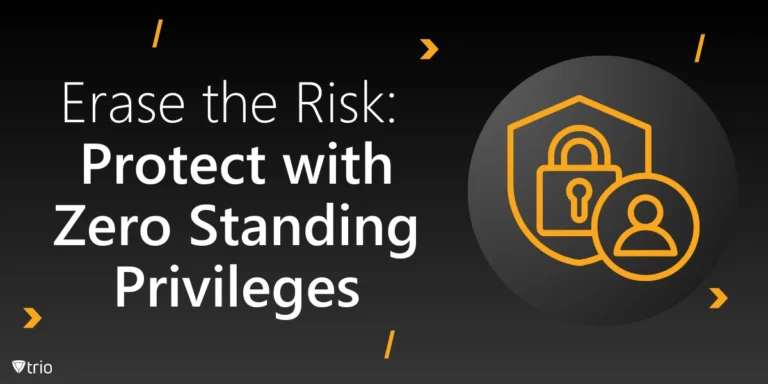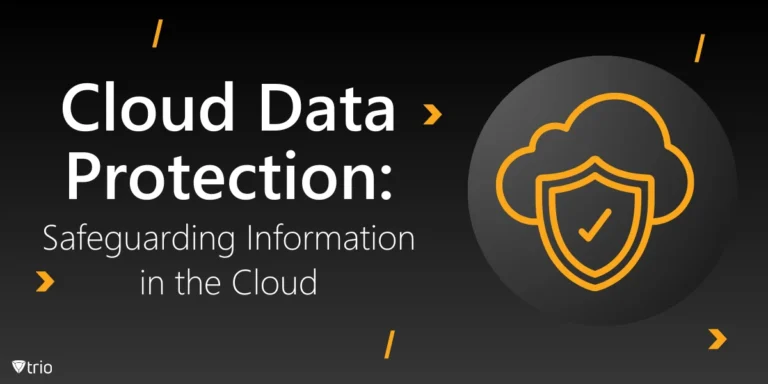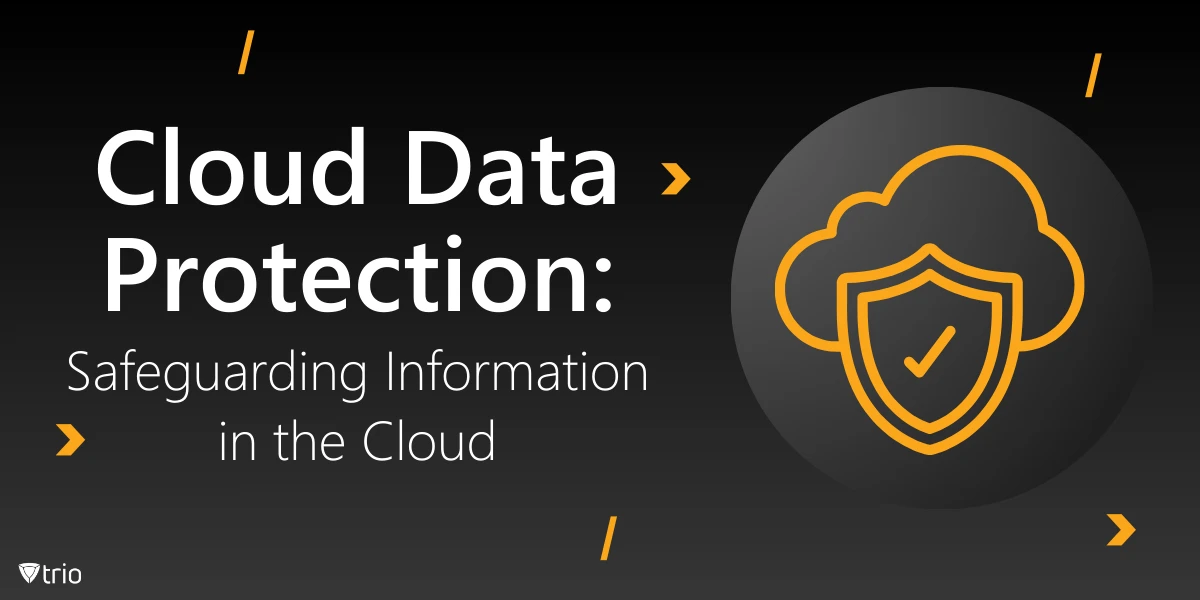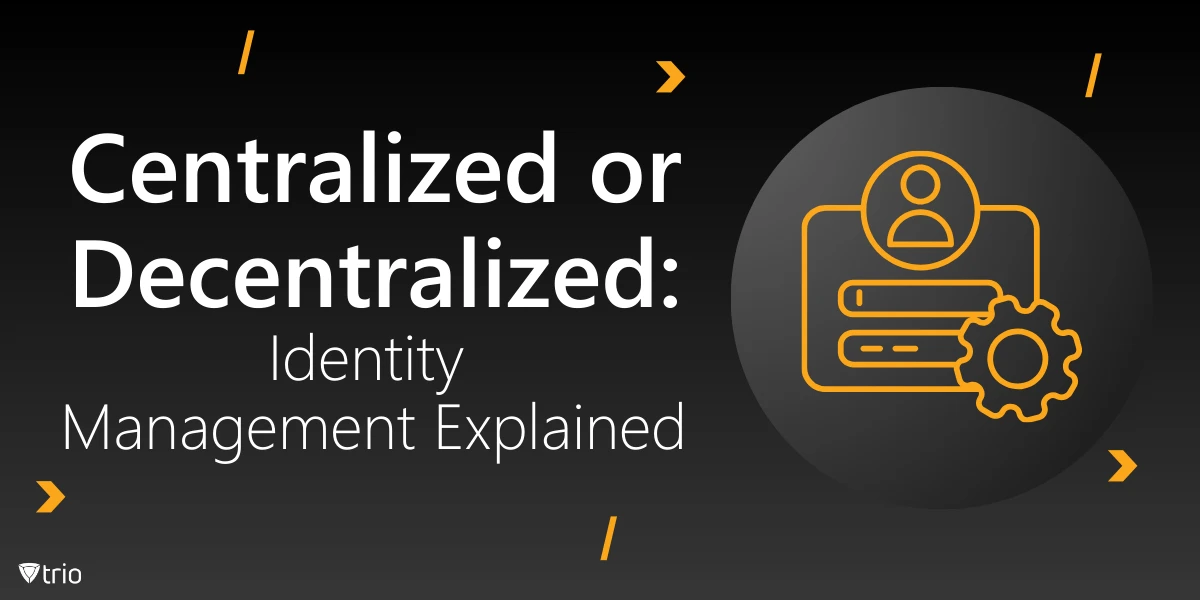As organizations increasingly rely on Software-as-a-Service (SaaS) tools, data security and protection have become major concerns. Despite the convenience and flexibility these cloud-based services offer, companies face significant challenges in ensuring their SaaS data remains secure, compliant, and recoverable. Understanding these hurdles is crucial to developing robust strategies to safeguard sensitive information.
The Growing Challenge of SaaS Data Protection
The adoption of SaaS tools such as Microsoft 365, Salesforce, and others has skyrocketed in recent years. These applications often hold mission-critical data, from financial information to customer records. However, with this shift to the cloud, businesses are facing an evolving threat landscape that requires proactive measures.
A recent survey conducted by Keepit reveals that only 28% of respondents expressed high confidence in their existing data protection measures, while a significant 31% reported experiencing moderate to severe lapses in their protection capabilities.
These findings highlight a critical issue: moderate confidence in SaaS data protection is no longer enough. It is essential for organizations to test their data recovery processes regularly. Otherwise, they risk discovering weaknesses too late, when a disaster has already struck.
The Impact of Growing Compliance Requirements
Compliance has become a significant driver of SaaS data protection strategies. In the Keepit survey, 50% of respondents cited increasing compliance requirements as their top challenge. This difficulty is further compounded by the rising volume of data organizations are managing.
Global regulations like the Network and Information Systems Directive (NIS2) and the Digital Operational Resilience Act (DORA) have established stricter standards for data protection, particularly in highly regulated industries such as finance.
For example, DORA mandates that backup environments be segregated from production systems to mitigate risk. Unfortunately, many companies are not adequately prepared to meet these requirements.
Financial institutions, in particular, are feeling the pressure. The risk of non-compliance with regulations like DORA can lead to hefty fines and damage to an organization’s reputation. Moreover, the rising complexity of managing vast amounts of SaaS data exacerbates the situation, making compliance a more intricate endeavor.
The Financial and Reputational Risks of Data Loss
Data loss in SaaS environments carries serious financial and reputational risks. The Keepit survey highlighted that 57% of respondents viewed brand and reputation damage as the most severe impact of data loss.
The financial consequences and regulatory violations that follow are also significant concerns. As Robichaux emphasizes, “Customer data is among the most valuable assets an organization holds.” Losing access to this information, whether due to ransomware or accidental deletion, can have devastating effects.
Despite these risks, many businesses continue to misunderstand the scope of their SaaS providers’ responsibilities. A recent report found that 70% of organizations have experienced data loss in SaaS applications over the past year, despite 60% of these companies mistakenly relying on their SaaS providers for data protection.
While 58% of respondents indicated that they use Microsoft to back up their SaaS data, there is a notable gap between perception and reality. Many executives mistakenly assume that native SaaS backup features offer comprehensive protection.
However, under shared responsibility models, SaaS providers are typically accountable only for the availability of their service—not for protecting the customers’ data. This leaves a critical gap in data recovery strategies.
Why Some Companies Are Lagging Behind in SaaS Security
Many businesses face difficulties in achieving strong SaaS security due to gaps in expertise, resources, and understanding. Here, we will discuss these key reasons and their impact on data protection efforts.
Lack of Awareness and Education
One of the primary issues uncovered by the Keepit survey is the lack of awareness around critical components of SaaS data protection. For example, only 15% of respondents considered backing up directory and identity services like Microsoft Entra ID as a crucial task.
This oversight can be detrimental since losing access to directory services could cripple business operations. These findings indicate a pressing need for better education on the intricacies of SaaS data protection.
Budget Constraints and Resource Limitations
Another significant challenge that companies face is financial. A large number of respondents (56%) cited budget constraints as a major roadblock to improving their data protection strategies.
The financial burden of implementing and maintaining a comprehensive SaaS data protection plan can be overwhelming, especially for smaller businesses. Additionally, 33% of respondents pointed to a lack of expertise and resources as a major challenge, indicating that many organizations struggle with finding qualified personnel to manage and secure their data.
The Importance of Understanding and Protecting Data
In order to protect sensitive data effectively, it’s essential for organizations to understand what kind of data they possess and where it resides. This process, known as data classification, allows companies to prioritize their protection efforts based on the legal, financial, or reputational significance of each data set. Data classification forms the foundation of an effective data protection strategy.
The Role of Data Encryption
One fundamental safeguard in SaaS data protection is encryption. Data encryption ensures that information remains unreadable to unauthorized individuals. To achieve this, companies must encrypt data both at rest (stored data) and in transit (moving data) using strong industry-standard algorithms. Without robust encryption measures, sensitive data is vulnerable to unauthorized access and breaches.
Implementing Role-Based Access Control (RBAC)
Another crucial element in securing SaaS data is enforcing strict access controls. Role-Based Access Control (RBAC) assigns permissions based on users’ job functions and responsibilities.
This approach enforces the principle of least privilege, granting individuals only the minimum access necessary to perform their tasks. By limiting user permissions, organizations can reduce their attack surface, minimizing the potential damage from compromised credentials or insider threats.
RBAC also plays a vital role in compliance. Data privacy regulations often require organizations to implement robust access controls, and RBAC provides a structured framework for doing so. It establishes a clear hierarchy of access permissions and documents each user’s access rights, helping companies demonstrate compliance during audits.
The Evolving Threat Landscape of Cloud Security
As SaaS adoption continues to grow, so does the threat landscape. According to recent estimates, the cloud storage market is projected to reach $832.1 billion by 2025. This rapid expansion has attracted the attention of cybercriminals, leading to an increase in sophisticated attacks. Data breaches, ransomware incidents, and unauthorized access attempts pose constant threats to cloud-stored information.
Transitioning from Reactive to Proactive Measures
In the past, many companies relied on reactive measures, scrambling to contain breaches after they occurred. However, this approach is no longer viable. IT professionals must now take a proactive stance, continuously monitoring their security postures and adapting to emerging threats.
To achieve this, organizations need to define clear processes for enforcing access privileges, protecting sensitive data, retaining critical information, and generating audit logs to prove compliance.
Leveraging IT Automation to Enhance Security
The growing complexity of cloud environments, coupled with the volume of data and access requests, can overwhelm IT teams. Manual processes are prone to human error and can lead to misconfigurations or security lapses.
IT automation offers a powerful solution by allowing companies to automate repetitive tasks, such as user provisioning and permission configuration. This not only reduces the likelihood of errors but also improves efficiency and scalability.
Benefits of IT Automation for SaaS Data Protection
By automating key security processes, IT professionals can focus on developing proactive strategies rather than being bogged down by administrative tasks. Automated workflows can easily scale to accommodate additional users, applications, or cloud storage resources, ensuring that security processes keep pace with business growth.
Additionally, automation improves compliance by standardizing processes and generating detailed audit logs. This documentation is essential for demonstrating adherence to data protection regulations.
Strengthening SaaS Security with Content Scanning
Traditional security measures often focus on perimeter defenses, acting like moats around a digital castle. However, as the nature of threats evolves, a more layered approach is necessary. Content scanning serves as an “inside observer,” monitoring the files and activities within SaaS applications. By detecting anomalies and suspicious content, organizations can identify potential threats before they escalate into full-blown security incidents.
The Role of Content Scanning in Mitigating Cloud Threats
Content scanning tools help IT teams manage and secure sensitive data stored in the cloud. These tools can be configured to detect specific patterns, such as Social Security numbers or credit card information, and to set up alerts for unauthorized access or sharing. By automating these processes, organizations can proactively prevent data leaks and improve their overall security posture.
Addressing Key Challenges in SaaS Data Protection
Organizations must navigate multiple hurdles to protect their SaaS data, from increasing compliance requirements to lack of awareness and budget limitations. Let’s explore these critical challenges and insights into how to overcome them.
Improving Awareness and Education on SaaS Security
One of the most critical steps in enhancing SaaS data protection is increasing awareness and knowledge within organizations. Misunderstanding the scope of SaaS providers’ responsibilities can leave businesses vulnerable to data loss and breaches.
IT leaders should prioritize training and awareness programs to help employees understand the shared responsibility model and the importance of comprehensive data backup strategies. Educating staff on the risks and limitations of native backup features can close critical knowledge gaps and encourage more proactive protection efforts.
Allocating Resources and Budget Effectively
Although budget constraints remain a common challenge, businesses need to view SaaS data protection as an essential investment rather than an optional expense. Allocating resources effectively can prevent costly consequences, such as regulatory penalties and reputational damage.
Organizations can optimize their spending by adopting integrated security solutions that streamline data management and protection tasks. By doing so, companies can save costs in the long run and ensure that essential data remains secure.
Conclusion
SaaS data protection is a complex yet essential task for modern organizations. As the use of cloud-based applications grows, businesses must address challenges related to compliance, data loss risks, budget constraints, and awareness.
By implementing proactive measures such as data encryption, access controls, IT automation, and comprehensive education, companies can strengthen their security postures and minimize the risks of data loss or breaches.
With this comprehensive approach, businesses can navigate the evolving landscape of SaaS applications with confidence and ensure the safety of their most valuable asset: their data.
Know about news
in your inbox
Our newsletter is the perfect way to stay informed about the latest updates,
features, and news related to our mobile device management software.
Subscribe today to stay in the know and get the most out of your mobile
devices with our MDM solution app.
Recent Posts

Erase the Risk: Protect with Zero Standing Privileges
Learn how zero standing privileges eliminate persistent access rights, enhance data security and reduce the risk of unauthorized access.

Understanding Access Control Types in Cybersecurity w/ Examples
Thorough understanding of access control types & the knowledge to make informed decisions about implementing security measures in your organization.

Cloud Data Protection: Safeguarding Information in the Cloud
Learn essential strategies for robust cloud data protection, exploring tools, best practices, and policies that safeguard sensitive information.





